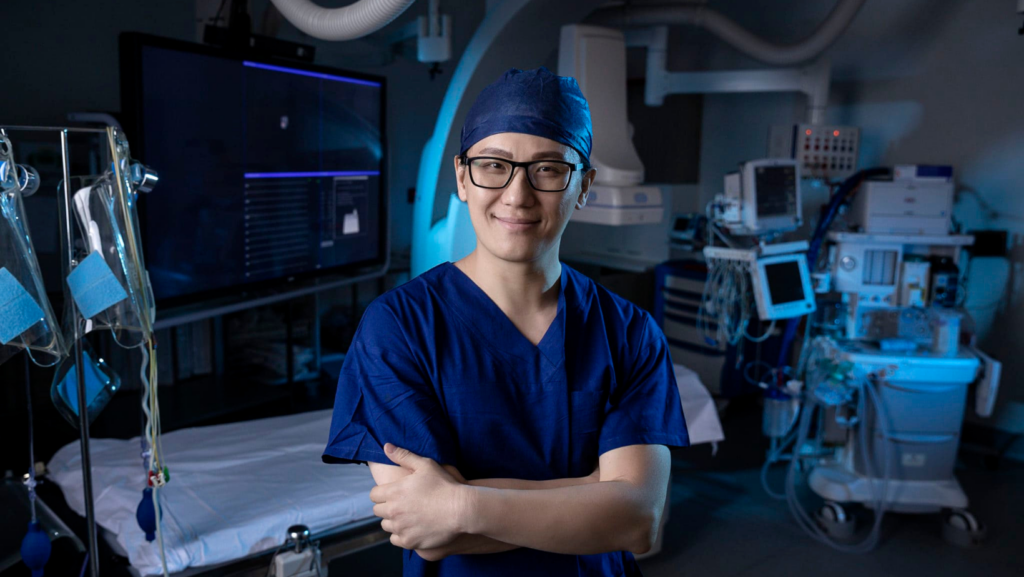
Self Pay Surgery Case Study
Custom Built Optimisation Stack, Ongoing Ads Performance Optimisation, Data Driven CRM Performance
Client
Self Pay Surgery // Healthe Care Surgical
Services
End-to-end performance advertising,
custom marketing tech stack
Year
2021
Self Pay Surgery began as a startup and launched in July 2020, in the middle of a covid lockdown. With a ban on non-essential surgeries between late March 2020 and late June 2020, coinciding with a mass exodus from Private Health Insurance, the gap between Public and Private Surgery became even larger. By early July when all hospitals opened again for non-essential surgery, the Public Hospital surgery waiting lists had grown massively longer. Our Self Pay Surgery Case Study is still running – more than 3 years later the business continues to grow!

The key problems being addressed were:
1. Creating a New Category of direct-to-consumer Surgery,
2. Digital Marketing of High-Ticket Item Surgeries,
3. Transparency of the Packaged Surgery Cost,
4. Digitising and Automating laborious manual booking and contact processes, and
5. Tracking and Reporting the entire marketing, sales and surgery process, from Impressions to Surgery Completions.
The brief from the Self Pay Surgery team was to get in front of people who were looking for surgery, but did not want to pay uninsured, private surgery rates. Many of these are older Baby Boomers who need knee, hip and shoulder replacements, cataract surgery, prostate surgeries, and various scopes. Rather than going through a long winded and manual process to find surgeons willing to operate on uninsured patients, and collating quotes from various hospitals, by visiting the website, these potential customers could see a fixed price and fill in a form to see a surgeon, as fast as 72 hours later.
The Self Pay Surgery model employs 3 levels of disruption. Firstly, it’s created a new category, between Public Surgery in Public Hospitals funded by Medicare, and Private Surgery in Private Hospitals funded by Private Health Insurance.
The second level of disruption is in the packaging – private surgery at a reduced rate in private hospitals, open to all uninsured patients. It’s a direct-to-consumer digital only model – via digital advertising driving potential patients to call during office hours or fill in a patient enquiry form on a website. The 3rd level of disruption was in the Consumer experience of the Self Pay Surgery process – the automation of the communications process managed by a sophisticated HubSpot customer relationship management system.
Digital advertising via Google Ads and Meta Platform social ads (Facebook, Instagram and Audience Network publishers) are tracked via a Prover Performance data dashboard showing relevant KPI metrics from Ad Impressions and Reach, to website visits, time spent, pages viewed, forms filled in, calls made. The tracking continues all the way through the sales qualified lead funnel – as the customer views the Welcome Pack, books a callback, is given an appointment to a surgeon, becomes qualified for surgery, signs a patient agreement form, accepts a quote, pays the account, is booked in for surgery and completes the rehab process.
Budget that would have been directed into a traditional call centre was redirected into this digital customer management system, which enabled us to see the lead time between initial enquiry via the website form to surgery booking could be as short as a few days.
The average time between initial enquiry to completed surgery across 90+ surgeries offered at 8 hospital sites is now down to 43 days.
We cut the average lead time for uninsured surgeries performed by private hospitals from years to less than 5 weeks.

Custom Built Optimisation Stack, Ongoing Ads Performance Optimisation, Data Driven CRM Performance

Digital Ads Planning, Digital Ads Performance Optimisation, Ad Platform Testing
